Cerebral Perfusion Pressure in Intracerebral Hemorrhage

Intracerebral hemorrhage accounts for approximately only 12% of all strokes, but it is one of the most disabling forms. The high rate of morbidity and mortality associated with intracerebral hemorrhage has prompted investigations for new medical and surgical therapies. This syndrome occurs when a blood vessel within the brain ruptures, allowing blood to leak inside the…
Total Kidney Volume Measurement in Kidney Disease Progression
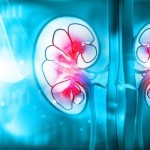
Autosomal dominant polycystic kidney disease (ADPKD) is an inherited condition caused by a genetic fault that disrupts normal development of the kidneys. The main function of the kidneys is to filter out waste products from the blood and release them from the body as urine, ADPKD compromises this process. The final stage of the disease…
Biomarkers of Tumor Vascularity in Glioblastoma Multiforme
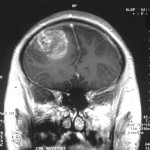
Increased vascularity is a pivotal event in tumor progression and has prognostic meaning in numerous cancers. Recently developed agents have been designed to target and inhibit angiogenesis factors, preventing the formation of new blood vessels that supply the tumor and allow cancer cells to survive and multiply. Glioblastoma multiforme is the most aggressive and infiltrative type of…
Deep Brain Stimulation for Gait Disturbance in Parkinson’s Disease

Parkinson’s disease is a progressive disorder of the nervous system caused by the loss of dopamine-producing brain cells. Gait disturbance and balance impairment are some of the most incapacitating symptoms of this condition. Several clinical studies have shown that electrical stimulation of the pedunculopontine tegmental nucleus (PPTg), an area of the brain involved in many…
Extra-Frontal Alterations in Juvenile Myoclonic Epilepsy
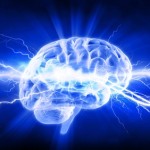
Several studies using state-of-the-art imaging techniques have revealed that juvenile myoclonic epilepsy, a form of epilepsy that starts in childhood or adolescence, might be associated with microstructural and functional changes in several brain regions. In fact, these abnormalities have been found not only the thalamofrontal network, but also in temporal and parieto-occipital areas. To further understand these…
Lipid Degradation Differs in Active, Lean, and Type 2 Diabetic Males
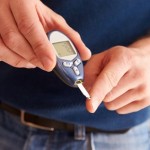
Athletes and type 2 diabetic patients represent opposite extremes of the insulin sensitivity spectrum. However, both groups have elevated levels of intramyocellular lipid content. This apparent ambiguity, known as the “athlete’s paradox”, has drawn attention to the mechanisms that rule lipid storage, packaging, and degradation. While most research has been focusing on the protein perilipin…
Single Neuron Unit and Local Field Potential Activity in Visual Memory

Neurons are electrically excitable cells that encode information and transmit it to neighboring neurons through synaptic connections. Current neurotechnologies are focusing on finding new ways to simultaneously record the activity of both single neurons and connected neural networks. A recent study from the Department of Neurology at Mayo Clinic explored and compared single neuron spiking…
Obesity and Hippocampal Atrophy

Recent data shows that worldwide obesity has more than doubled since 1980. In 2014, almost 2 billion adults were overweight and of these, over 600 million were obese (World Health Organization). Evidence indicates that obesity is not only a major risk factor for conditions such as cardiovascular diseases, diabetes, and musculoskeletal disorders, but also a…
The Thalamus as a Biomarker in Neurodegenerative Disorders
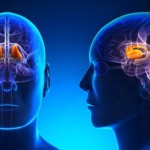
The human brain is made of an elaborate network of interlinked regions that communicate through strategic hubs. Several studies have shown that disturbances of the structural and functional connectivity profile provided by brain hubs are often linked to neuropathologies. The thalamus has been described in the literature as the gateway to subcortical neural connections, as…
Predicting Tibial Subchondral Bone Stiffness in Osteoarthritis

Osteoarthritis is a progressive degenerative joint disorder seen especially among older people that mostly affects cartilage, the tissue that covers the ends of bones forming a joint. Healthy cartilage allows bones to glide over one another and absorbs energy from the shock of physical movement. In osteoarthritis, cartilage breaks and wears away, allowing the bones…
 AnalyzeDirect
AnalyzeDirect